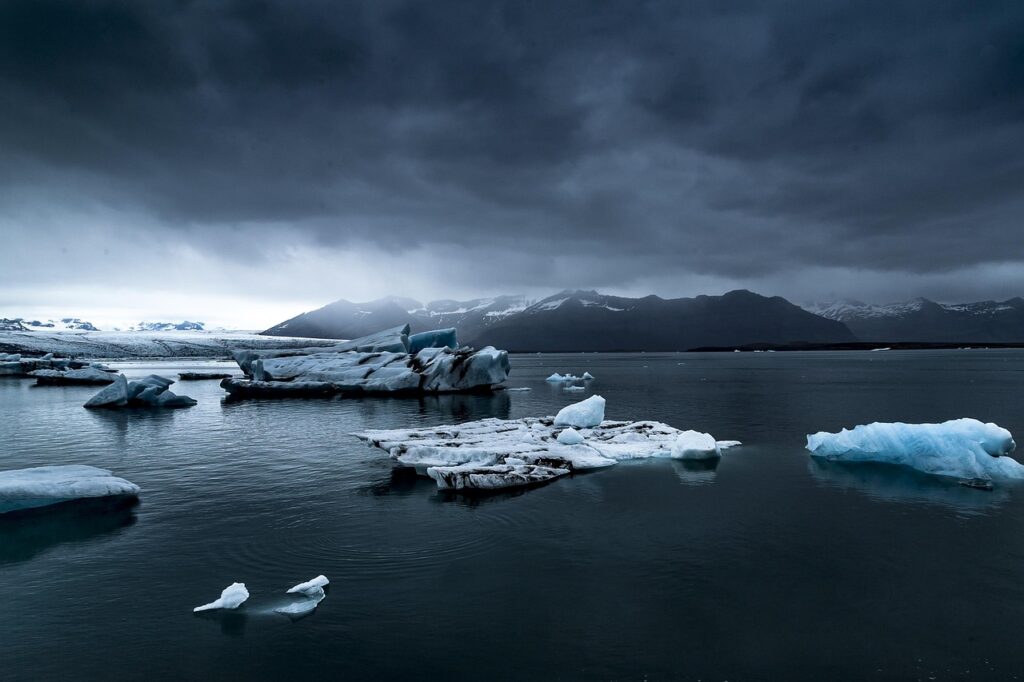- Environment
- melting ice
- By Manohar Patil
Melting Ice: An Unmistakable Barometer of Global Warming
The dramatic and accelerating melt of the Earth’s ice is not merely a visual spectacle; it’s one of the most direct and alarming indicators of global warming. From towering mountain glaciers to the vast ice sheets of Greenland and Antarctica, the cryosphere—the frozen parts of our planet—is shrinking at an unprecedented rate, providing irrefutable evidence that our world is heating up.
The Retreat of Glaciers: A Global Phenomenon
Across every continent where they exist, mountain glaciers are in rapid retreat. The World Glacier Monitoring Service (WGMS) reports that climate reference glaciers have lost an astonishing amount of ice mass since 1970, equivalent to slicing roughly 30 meters (98 feet) of ice off the entire surface of each glacier. In fact, each of the last three complete decades has brought bigger declines than the decade before, with 2023/24 marking the 37th consecutive year of net ice loss for these reference glaciers. This consistent, widespread melting leaves no doubt that a fundamental shift in global temperatures is occurring.
Shrinking Ice Sheets: Major Contributors to Sea Level Rise
The colossal ice sheets of Greenland and Antarctica, which collectively hold over 99% of the Earth’s freshwater ice, are also diminishing at an alarming pace. Satellite data from missions like GRACE and GRACE Follow-On unequivocally show these ice sheets are losing mass, contributing significantly to rising sea levels. The Greenland Ice Sheet alone lost an average of 279 billion tons of ice per year between 1993 and 2019, while Antarctica lost about 148 billion tons per year during the same period. While Greenland’s ice loss in 2024 was lower than previous averages due to specific weather patterns, the long-term trend of decline remains undeniable.
Vanishing Sea Ice: A Critical Feedback Loop
Arctic sea ice, which forms and melts in the ocean, is also dwindling, particularly in the summer months. Over the past 30 years, 95% of the oldest and thickest ice in the Arctic has vanished. Scientists project that if emissions continue unchecked, the Arctic could be virtually ice-free in the summer as soon as 2040.
The melting of sea ice is a crucial feedback loop in global warming. Ice and snow are bright, reflective surfaces, bouncing a significant portion of the sun’s energy back into space. As this bright, white cover melts, it exposes darker ocean water or land, which absorb more solar radiation. This absorbed heat further warms the surroundings, leading to more melting—a vicious cycle that accelerates warming.
In summary, the ongoing and accelerating melting of ice across the globe is a powerful, observable symptom of global warming. It is not merely an indicator but an active driver of further warming and its cascading impacts, underscoring the urgent need for decisive global action to reduce greenhouse gas emissions.
Share this Article
WhatsApp
LinkedIn
Telegram
Email
Get Daily Updates to Your Inbox
Subscribe to News Letter
Advertisement


